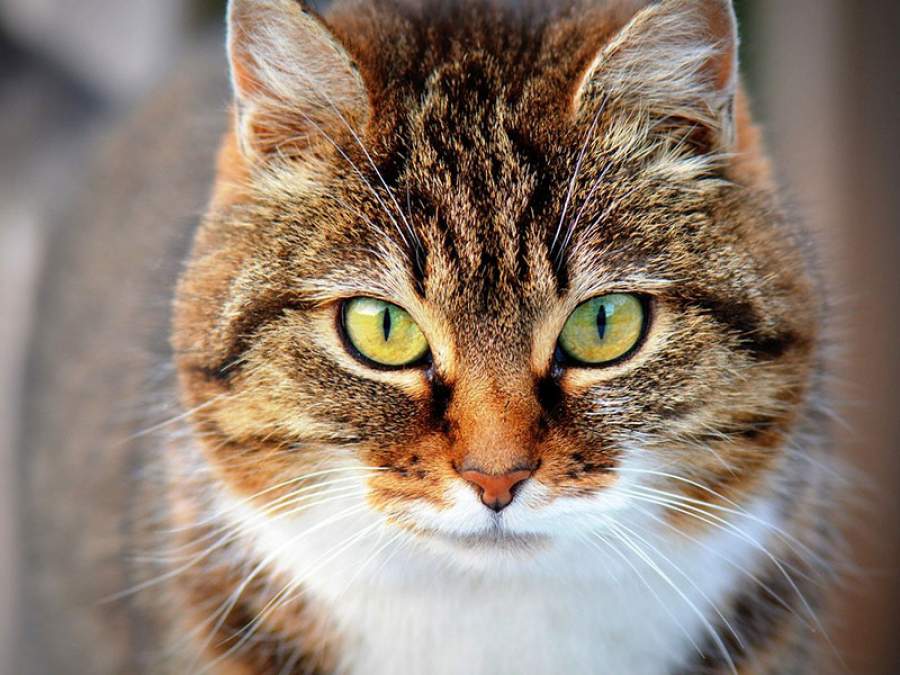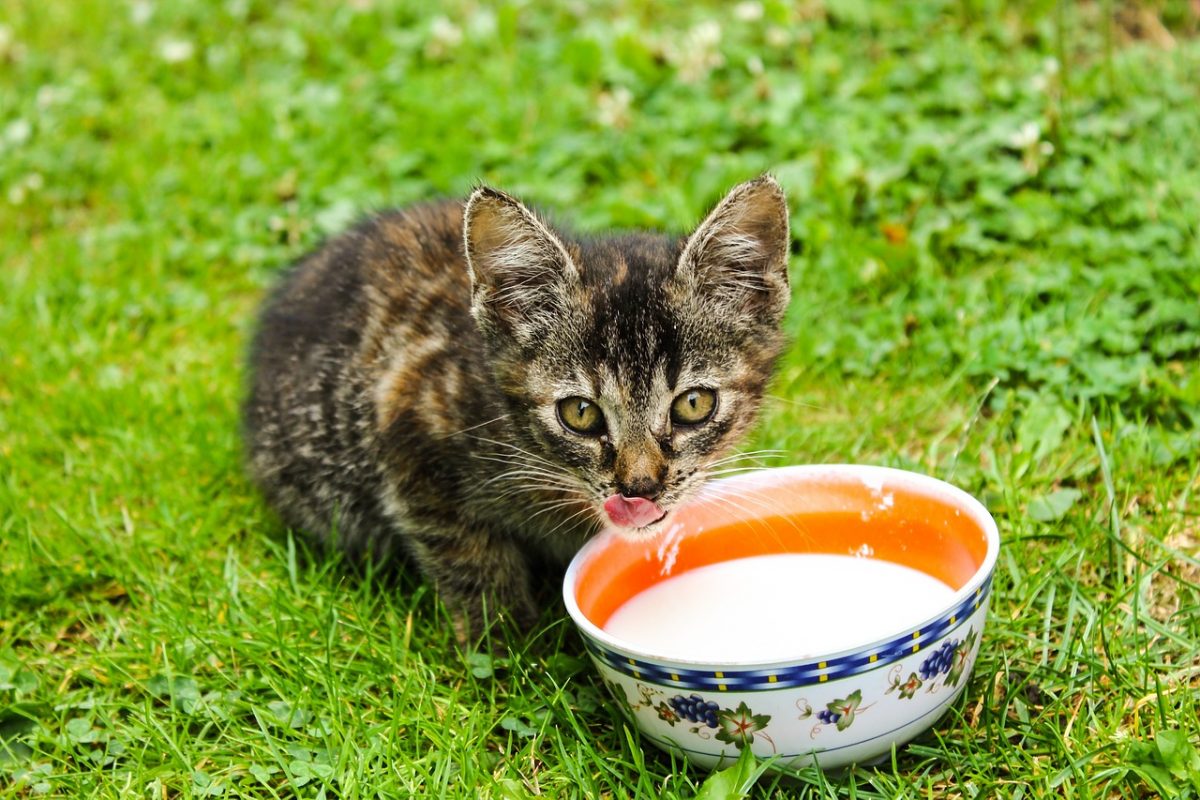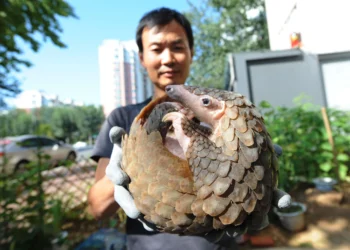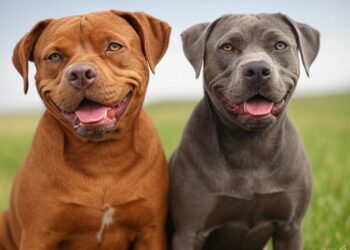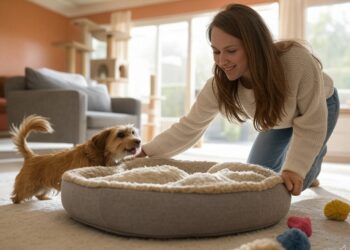It is not uncommon for a cat owner to wonder what is the best cat diet. Indeed, we only want the best for our hairballs and health often comes from food. All cats are different, and their needs vary depending on many factors. Knowing which diet is best for your cat is therefore very important. Here are some things to consider when choosing a diet for your hairball.
Important factors for the cat’s diet
The choice of food for the cat must be made taking into account several factors. In fact, not all food is good for all cats. Here are some of the factors to consider when choosing a diet for your cat.
Age
Sterilization
Whether or not your cat is spayed is very important to consider when looking for the best cat food.
One consequence of sterilization is a reduction in the level of activity. A sterilized cat will therefore have a greater tendency to stay at home and therefore, to gain weight.
In addition, after sterilization, the cat will also tend to feed more, although its energy needs decrease.
The risk of weight gain is particularly high for sterilized male cats, the most critical period being within two months of sterilization.
Finally, note that weight gain, especially due to sterilization, can cause many complications, for example:
There are special sterilized cat kibbles that it would be wise to adopt as soon as sterilization has taken place.
Activity level
The more your cat has a high level of activity, the more his energy expenditure increases. This necessarily leads to higher energy needs.
On the other hand, if your cat is a homebody, does not go out, is sick or injured, it will make much less effort.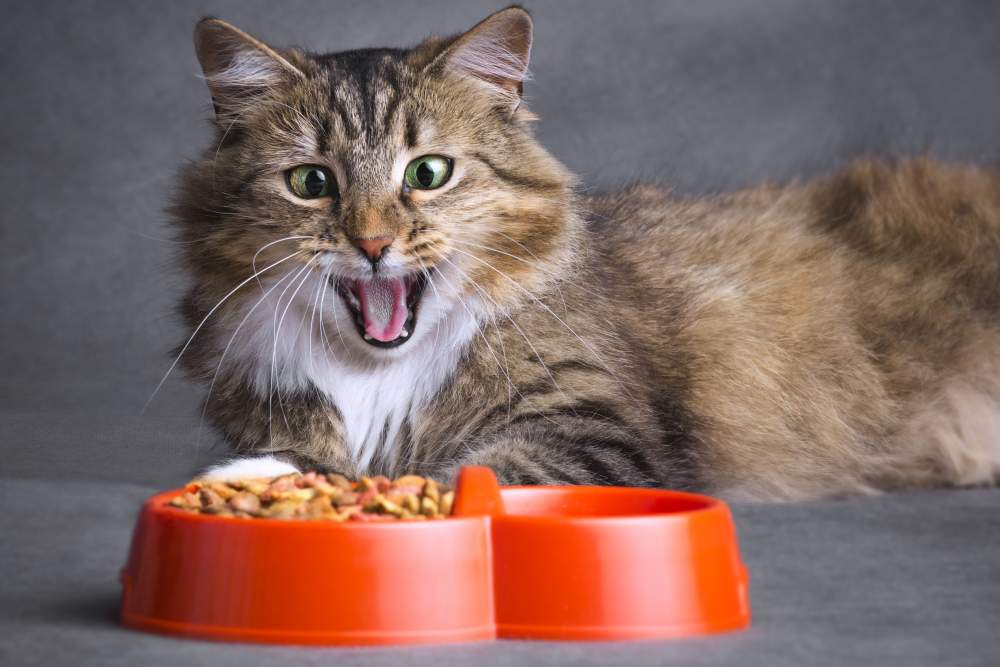
To increase the odds on your side of preventing any health problem in your cat, it is important to adapt the quantity but also the quantity of food you give him according to his level of activity.
Pregnancy and breastfeeding
Pregnant or lactating cats have special needs. Indeed, this particular phase of their life demands a lot of energy from them in order to ensure the growth of their kittens.
It is therefore very important, if your cat is pregnant, to provide her with a diet fattier than her normal diet, reinforced in taurine, rich in omega 3, and in folic acid.
During lactation, it is advisable to give kitten kibble to your cat, because they can benefit from the benefits of these by drinking their mother’s milk.
Allergies
It is not uncommon for cats to be prone to allergies, especially food allergies. These are manifested among other things by itching. The first step is to identify the agent responsible for the allergy.
To do this, you must first eliminate the suspected ingredients one by one, then reintegrate those that have been shown to be safe for your cat. It will also be necessary to carry out a skin test to highlight the incriminated ingredient (s).
Depending on the results of these tests, you should choose anti-allergic kibble, or hypoallergenic kibble and pay particular attention to the exact composition of the food you provide your cat.
To be sure that you are giving your cat the best food, i.e. food adapted to its specific needs, we recommend that you speak with your veterinarian.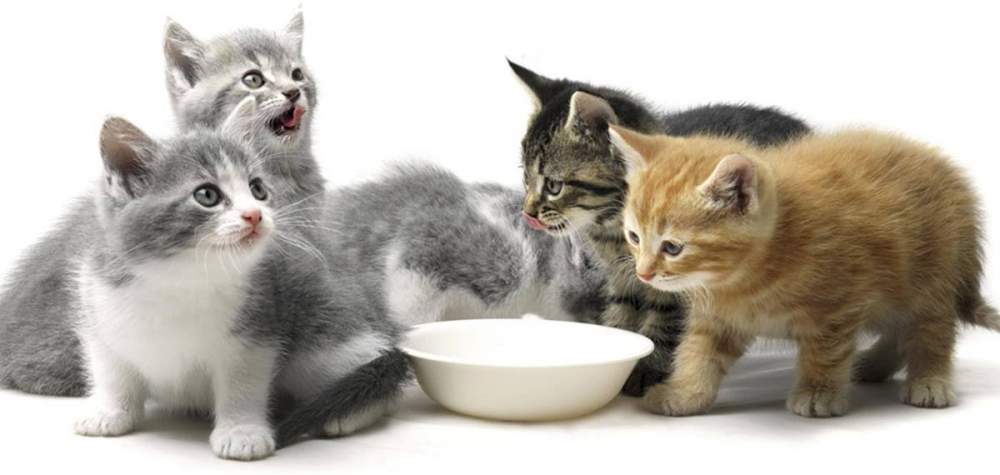
What food for my cat?
It is necessary to adapt your cat’s diet to his age, his physical condition or his level of activity. But what criteria must your cat’s diet meet to meet their needs optimally?
Croquettes or mash?
Although the household ratio is possible in cats, it is difficult to find the right balance to guarantee a diet that covers all of your cat’s needs. This is part of the reason why most cat owners feed their four-legged companions either kibble or mash or a mixture of both.
Dry food and cat food have different advantages and disadvantages:
Benefits | Disadvantages | |
|---|---|---|
Croquettes |
|
|
Pate |
|
|
Croquettes (dry food) like mash (wet food) therefore have both advantages and disadvantages. It is more and more advisable to offer your cat food consisting of dry food and mash. This makes it possible to combine the advantages of these two types of cat food. However, and due to differences in nutritional value, it is essential to correctly dose the kibble and the mash.
Finally, it is very important to always leave plenty of freshwaters available to your cat, especially if you decide to only feed him kibble.
Reading suggestions; My Cat No Longer Eats. How My Cat Eat Better?
What quality of food for my cat?
First of all, it is essential that you feed your cat food intended for cats. Indeed, whether it is kibble or pâté, it has been specially developed to meet the needs of our felines.
Next, it is absolutely essential to ensure that you are providing your cat with high-quality food, also known as a premium food. Indeed, the problem with cat food is that very often the products used to make so-called standard food are of poor quality.
It is therefore advisable to turn to a diet rich in fresh or dehydrated meat (at least 30%), which not only allows to obtain faster satiation but is also more digestible for cats. In addition, it is advisable to give your cat a diet limited in carbohydrates, sugars, salt, artificial colors, and preservatives.
How Much Food for a Cat?
The cat favors several small meals spread out during the day than a single large meal and, unlike the dog, in theory, he knows how to ration himself. Unless he suffers from a behavioral disorder, it is therefore entirely possible to leave him a bowl of self-service kibble, so that he can feed himself when he wishes.
The amount of food to feed your cat depends on its energy needs, which are calculated based on its weight. As a guide only, here is the recommended nutritional intake according to your cat’s age, the period of life, or activity level:
Criterion | Recommended nutritional intake |
|---|---|
| kitten (weeks 5 to 30) | 250 kcal / kg |
| kitten (30th to 50th week) | 100 kcal / kg |
| active adult cat | from 60 to 70 kcal / kg |
| active adult cat | from 80 to 90 kcal / kg |
| pregnant female | 90 to 100 kcal / kg |
| lactating female | from 90 to 270kcal / kg (depending on litter size) |
In order to determine the amount of food to give your cat, it is usually sufficient to follow the directions on the food package. If these are not visible on the package, you can make a rule of three to find out how much food to feed your cat or seek the advice of your vet.
And the price in all of this?
You have surely already noticed that premium kibble or premium or veterinary food has a significantly higher price than so-called supermarket cat food. You are probably wondering why you should pay more for kibble.
The price difference between conventional supermarket kibbles and premium high-end kibbles, available online or at your veterinarian can be explained, among other things, by:
It should also be emphasized that in the long term, a premium diet will not only preserve the health of your cat but in addition, due to its much higher nutritional value, your cat needs a smaller ratio, which helps amortize costs over the long term.
The choice of food for your cat must therefore be made with care. You have to know how to read the packaging labels and take into account many factors such as your age, lifestyle, state of health or if it is sterilized or pregnant. By giving them premium food, whether it’s high-end kibble or high-end mash, you are putting the odds in your favor to ensure a happy and healthy life.


